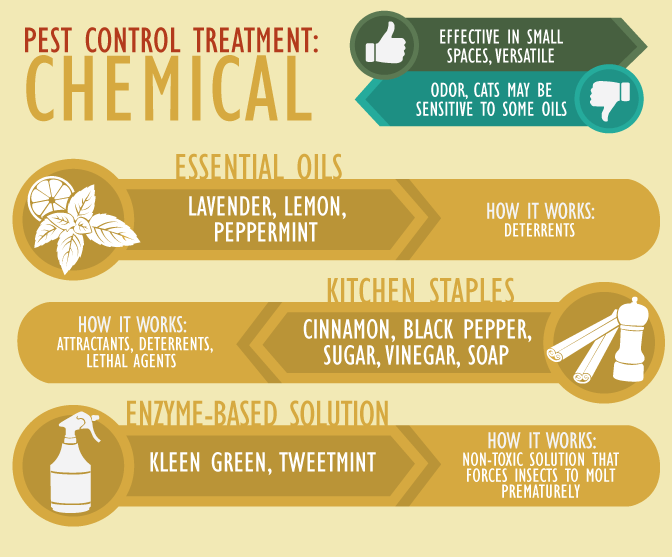The Role Of Insect Exterminators In Environmental Sustainability
The Role Of Insect Exterminators In Environmental Sustainability
Blog Article
Team Writer-Yates Hess
You might believe that bug exterminators are just interested in eliminating bugs, yet their role goes beyond that. mouse click the up coming web site play an essential component in environmental sustainability.
By utilizing integrated bug monitoring strategies, they not just do away with parasites but also secure biodiversity.
Furthermore, they use sustainable bug extermination methods to alleviate environmental threats.
So, following time you question the relevance of bug exterminators, remember their contribution to a greener and much healthier planet.
The Relevance of Integrated Insect Administration
You must recognize the significance of incorporated pest monitoring in keeping a lasting environment.
Integrated Bug Administration (IPM) is a method that focuses on avoiding and managing pests while decreasing the use of damaging chemicals. By carrying out IPM strategies, you can effectively manage pest populations without creating harm to the environment.
One key element of IPM is the use of biological controls, such as predators and bloodsuckers, to naturally control pest populaces. This minimizes the requirement for chemical pesticides, which can have detrimental impacts on wild animals and environments.
Additionally, IPM advertises the use of cultural and physical controls, such as crop turning and exclusion strategies, to avoid parasites from becoming an issue to begin with.
Safeguarding Biodiversity With Parasite Control
We can protect biodiversity with efficient insect control methods that prioritize the preservation of natural ecological communities. By utilizing responsible pest control techniques, we can safeguard and maintain the delicate balance of types within our atmosphere. Here are three ways in which pest control adds to guarding biodiversity:
- ** Preserving native flora and animals ** - By targeting intrusive species that threaten indigenous plants and animals, pest control assists make sure the survival of indigenous types and keeps the natural diversity of ecosystems.
- ** Preventing the spread of diseases ** - Regulating insects such as mosquitoes and ticks reduces the risk of conditions infecting wild animals populaces, shielding biodiversity and stopping possible outbreaks.
- ** Conserving endangered types ** - By handling parasites that victimize or compete with endangered varieties, parasite control efforts can boost the opportunities of survival and promote the healing of prone populations.
Through responsible bug control methods, we can actively contribute to the conservation of biodiversity and the sustainability of our environment.
Mitigating Environmental Risks With Lasting Parasite Extermination Approaches
By using sustainable parasite elimination methods, you can effectively minimize environmental risks while making certain the safety and wellness of both humans and the all-natural ecosystem. Conventional insect control techniques usually include the use of damaging chemicals that can have harmful effects on the environment.
Nevertheless, lasting Brown rat focus on minimizing these threats by using environmentally friendly options. For Winter rodent behaviour , incorporated bug management (IPM) strategies prioritize using non-toxic and biodegradable products, in addition to natural predators to control pest populations. This technique not only decreases the unfavorable influence on the atmosphere yet also helps to preserve the delicate balance of the ecological community.
Furthermore, lasting parasite extermination methods promote the conservation of biodiversity by targeting particular bugs without hurting helpful microorganisms. By adopting these approaches, you can add to a more sustainable and environment-friendly approach to pest control.
Conclusion
You are the pest exterminator, the guardian of nature's harmony. With incorporated parasite management, you stabilize the fragile environment, making certain the survival of varied species.
Through sustainable techniques, you mitigate environmental threats, maintaining the fragile balance intact.
Like a harmony conductor, you orchestrate the rhythm and circulation, protecting the biodiversity that dances in best harmony.
With every step you take, you produce a globe where nature prospers, where insects retreat, and where sustainability preponderates.
